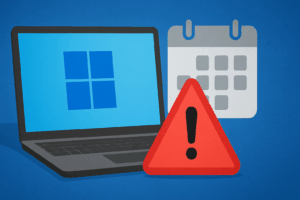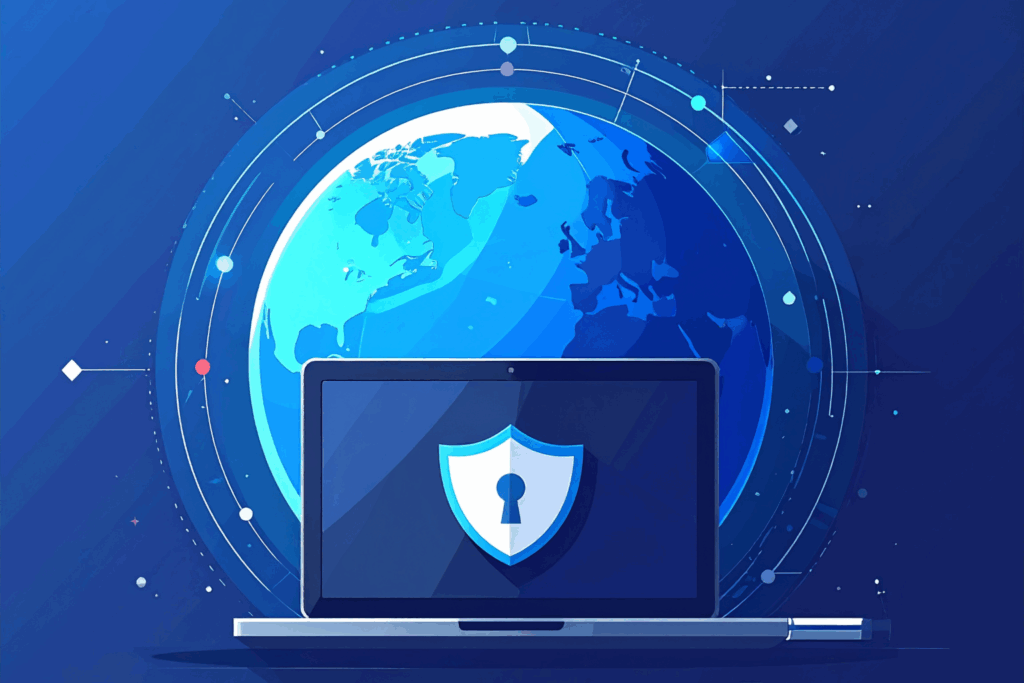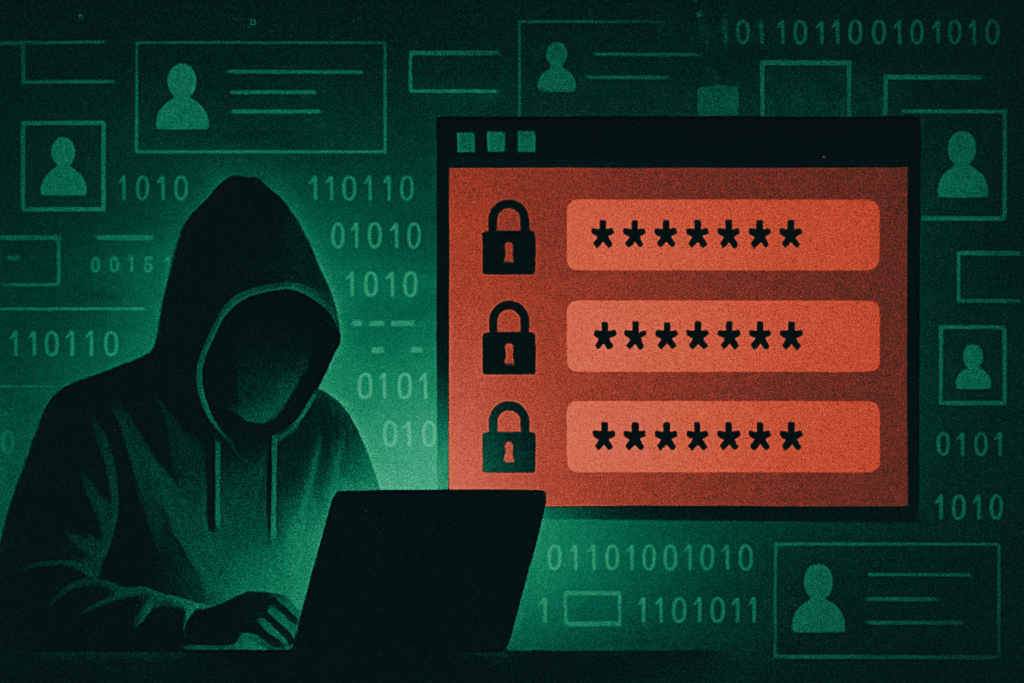The Future Is Here — and It’s Learning to Hack
In the cybersecurity world, there’s a growing consensus: 2025 is the year cybercrime went fully AI-native.
Artificial Intelligence isn’t just assisting defenders anymore — it’s also powering the next generation of cyberattacks. From deepfake-enabled fraud to adaptive ransomware attacks that learn in real time, AI is transforming the battlefield.
The line between human-crafted and machine-crafted threats is blurring — fast. And the implications reach far beyond traditional malware or phishing campaigns.
The Rise of AI-Driven Cyber Threats
AI has quietly been integrated into both sides of the cybersecurity arms race. But now, the offensive side is evolving faster than many anticipated.
1. Hyper-Personalized Phishing & Deepfake Scams
Forget broken English and obvious typos — AI phishing is clean, local, and personal.
Attackers now use natural language models to write flawless, context-aware messages. They analyze LinkedIn profiles, company structures, and social media to mimic tone, style, and even humor.
The result? Phishing that feels human — and works frighteningly well.
Pair that with deepfake video and voice cloning, and you get scams so realistic that even seasoned professionals get fooled. It’s no longer “how to detect AI deepfake phishing” — it’s how to verify reality itself.
2. Adaptive Ransomware Attacks
Ransomware isn’t new — but AI has made it adaptive.
Traditional ransomware relied on static code and predictable behavior. In 2025, attackers use machine learning to analyze their victims in real time — identifying the most valuable systems, predicting defense patterns, and automatically adjusting tactics to avoid detection.
These adaptive ransomware attacks can modify encryption strategies, change ransom demands, and evolve mid-operation.
In other words: every attack learns from the last one.
3. Adversarial AI — When Attackers Target AI Itself
It’s not just AI being used for attacks — AI systems themselves are now under attack.
Malicious actors inject toxic data, exploit prompt injection vulnerabilities, or manipulate machine learning models into behaving unpredictably. This form of adversarial AI undermines the very technologies that power modern security, from spam filters to fraud detection.
If 2024 was about learning to use AI, 2025 is about defending against adversarial AI.
4. AI-Powered Reconnaissance and Zero-Day Discovery
Scanning networks for weaknesses used to take days or weeks. AI tools can now do it in minutes.
Attackers deploy neural networks that comb through open-source code, exposed APIs, and known configurations to uncover vulnerabilities before humans even notice them. This level of automation and precision massively reduces the defender’s response time.
In cybersecurity terms, AI doesn’t just play the game faster — it’s changing the rules entirely.
Real-World Examples That Set Off Alarms
-
Voice Deepfakes for Financial Fraud: In 2024, several high-profile companies reported losses after employees received calls that sounded exactly like their CEOs. Those voice models were generated from just minutes of public audio.
-
Adaptive Ransomware in Healthcare: Hospitals in Europe faced ransomware that “learned” to skip non-critical systems to avoid early detection — a chilling sign of strategic AI decision-making.
-
Prompt Injection Exploits: Researchers demonstrated how malicious users could manipulate chatbots and autonomous AI agents into leaking sensitive data or executing unauthorized commands.
These cases are the early tremors of a much larger earthquake.
Why 2025 Marks a Turning Point
Three major forces are driving the acceleration of AI-powered threats this year:
-
Accessible AI Tools: What once required elite hacker skills can now be done using open AI frameworks or commercial LLMs.
-
Realistic Generative Media: Deepfake quality has crossed the “uncanny valley.” Detecting fakes by eye or ear is nearly impossible.
-
Automation at Scale: Entire cybercrime workflows — from reconnaissance to phishing to exfiltration — can now be automated, 24/7, with near-human adaptability.
The result is a hyper-efficient, AI-driven underground economy.
The Bottom Line: Adapt or Be Outpaced
Cybersecurity in 2025 is no longer about walls and firewalls — it’s about dynamic intelligence.
Attackers evolve, learn, and automate. So must defenders.
AI will continue to blur the boundary between digital deception and legitimate interaction. The challenge isn’t just to stop attacks — it’s to recognize what’s real in a world where even reality can be faked.
If you’re serious about protecting your organization, your data, or even your personal identity, the question isn’t if you’ll face AI-powered threats. It’s how ready you’ll be when you do.







